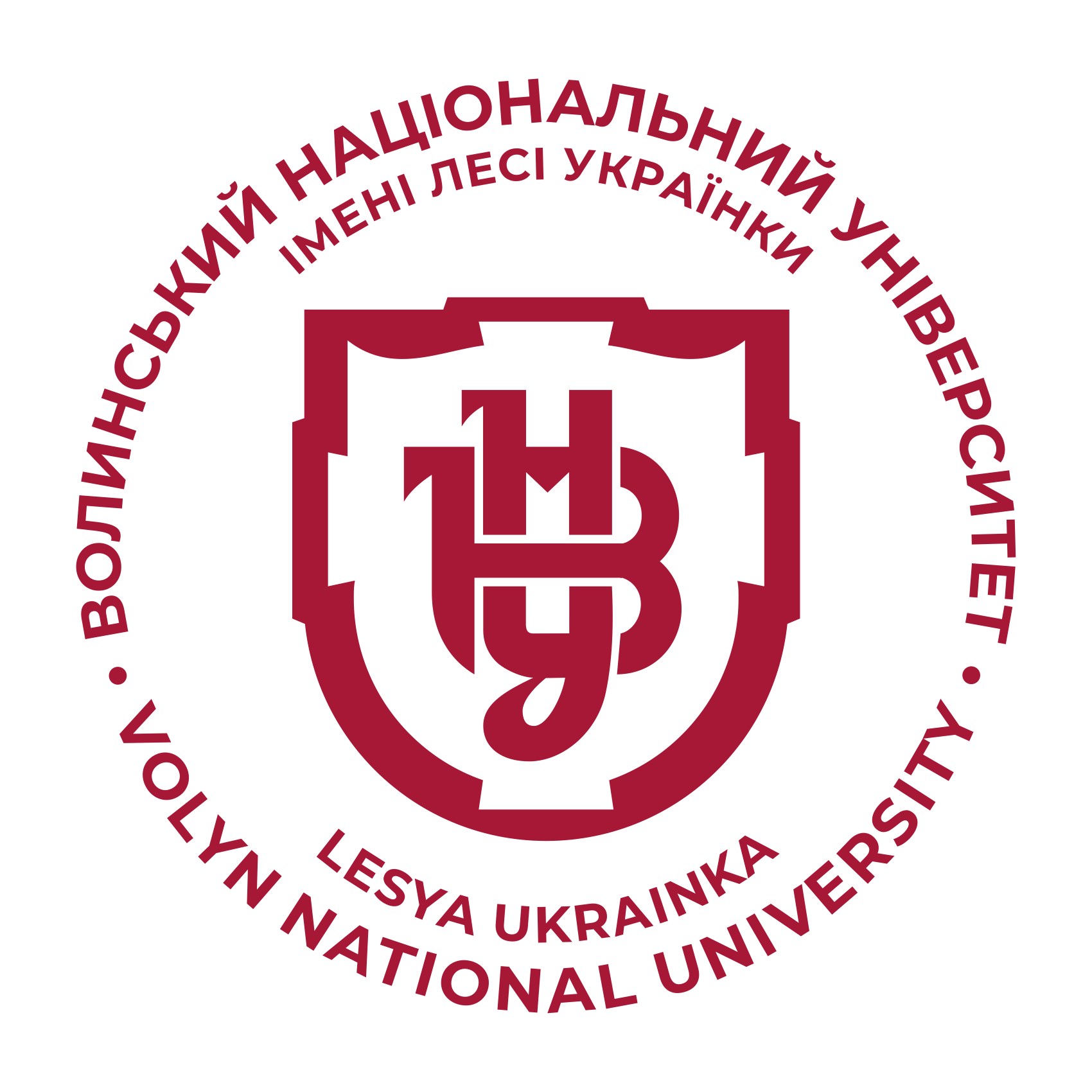СОЦІАЛЬНІ ТА КРЕАТИВНІ ІНДУСТРІЇ В РОЗВИТКУ КОНЦЕПЦІЇ РОЗУМНИХ МІСТ
DOI:
https://doi.org/10.29038/2411-4014-2019-04-7-14Ключові слова:
креативна індустрія, «розумне місто», енергоефективність, інформаційно-комунікаційна сфера, інноваційна економіка, креативна економікаАнотація
В статті здійснено аналіз категорій «розумне місто» та «креативні індустрії», як інноваційного вектору розвитку регіону та отримання соціального та економічного ефекту. З’ясовано серед переліку теоретичних та практичних підходів рівень розробки даної проблеми, приведено досвід Європейського Союзу, Америки в імплементації та запровадженні концепції «розумне місто». Здійснено екскурс теоретично-методологічного інструментарію «креативних індустрій» та окреслено їх роль у стратегії розвитку «розумних міст» регіону. Визначено основні напрями реалізації концепції «розумних міст». Досліджено практику фінансування передових міст Європейського Союзу концепції «розумних міст», зокрема на модернізацію, підвищення енергоефективності споруд та транспортно-дорожніх мереж, розумного управління та споживання енергетикою, запровадження нової моделі інформаційно-комунікаційного спілкування, розвиток сфери обслуговування.







